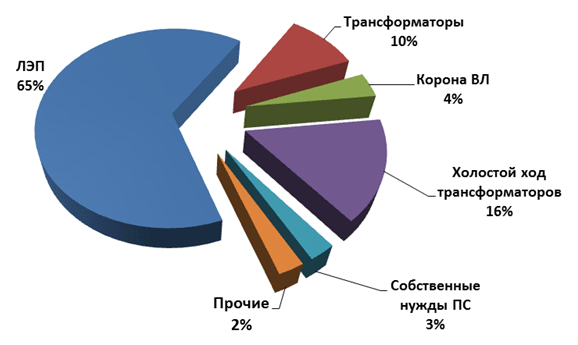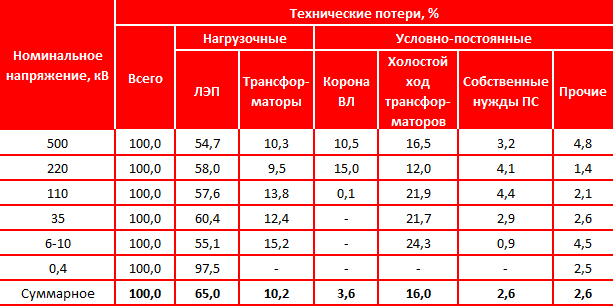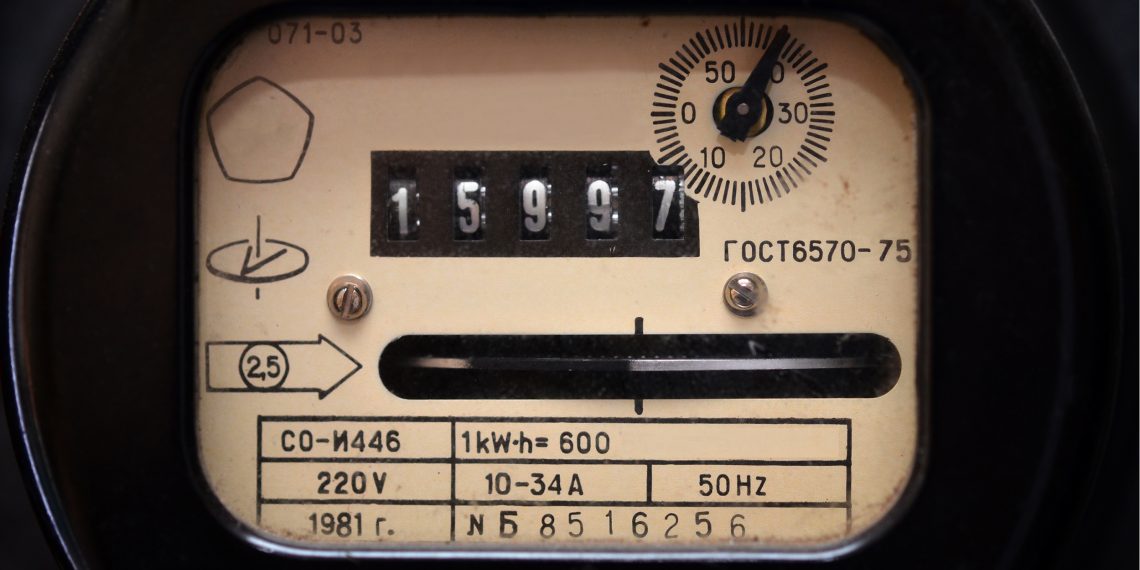
The electricity metre is what everyone has to deal with. And it doesn’t matter whether you are a techie or you just have no idea, you need to understand the device. It depends on how much you have to pay for the electricity at the end of the month. If the only thing you know about the electric metre is that it hangs somewhere in the hallway, and sometimes people in overalls come in to “take readings”, think about it. Maybe he has been working accurately this whole time and it is time to change?
An electricity meter is considered to have failed if:
- Measurement results are not displayed.
- There are violations of control seals and (or) verification marks.
- The device has mechanical damage.
- Exceeded tolerance error.
- Expired device verification interval.
No measurement results displayed / no seal / mechanical damage
Rate the appearance of your counter. It is time to change it if:
- The drive of the induction electric meter does not rotate or rotates in jerks.
- The electronic meter does not have a display or indicator.
- A protective seal has been torn off or a special sticker has been damaged.
- The metre case tightness is broken, there are through holes or cracks.
- Damaged or broken sight glass.
The counter incorrectly displays the amount of electricity consumed
The metre works when the electrical appliances are off
This phenomenon is called self-propelled. To eliminate it, it is possible to conduct a simple experiment: turn off all the switches on the switchboard, except for the input switch (suitable for the metre). Thus, you de-energise the apartment, but remember to leave the electricity metering device running. And then you should carefully monitor the disk or the light indicator on the counter.
“Do not do this without acknowledging the safety rules: electricity is not a toy! And do not forget to save all the documents on the computer and turn off any complicated equipment before de-energizing the apartment.”
If there is no self-propelled setting on the device, then in 15 minutes the disk will make no more than one full revolution, and the indicator will only flash once. Is everything happening more often? It means that the electric metre winds up the readings, and you overpay.
Instrument accuracy class does not meet regulatory requirements
Each electricity meter has its own accuracy class. It reports the permissible measurement error. The accuracy class of the counter is indicated on the dial in a circle:
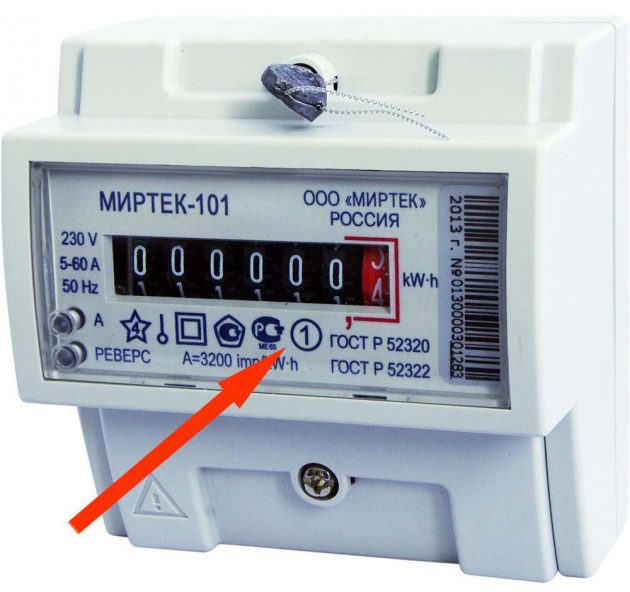
Currently, all electricity supplier companies install electricity metering devices with an accuracy class of 1. This means that such a device will display the spent 100 watts with an accuracy of 1%: from 99 to 101 watts.
The measurement error is greater than the set
Even if the accuracy class is normal, the appliance may incorrectly take electricity consumption into account. Or overstate (which makes users overpay), or underestimate the evidence (and for this you can be charged with by the power supply company). To check the serviceability of the counter easily:
- Turn off all electrical appliances in the house.
- The meter reading should not change after this: write it down or remember it.
- Turn on one device with a known power consumption. For example, a 100 watt light bulb.
- After an hour, check the meter readings. They should increase exactly by the level of energy consumption of the switched on device. In the case of a bulb, the reading will have to change by 0.1 kW.
- If the meter readings are different, they must differ from those required by the error provided for by its accuracy class, that is, a maximum of 2%.
- If the permissible error is exceeded, it's time to change the counter.
Device verification interval has expired
The verification interval is the period during which the exact operation of a specific device is guaranteed. It is installed by the manufacturer, indicated in the accompanying documentation for the meter, and usually lasts between 6–16 years. When this period ends, the electricity metre must be checked. This can be done by submitting an application to the subscriber department of the energy supplying organisation.
Look in the technical document of your metering device. If the verification interval has long expired, the metre must be replaced.
Furthermore, if you are still using an electric meter from the 1950s – 1980s, and the house is full of modern appliances, it’s time to sound the alarm. The counters of the last century are not designed to operate energy-intensive household appliances. An overcurrent hazard may cause fire hazard.
How to choose a new electricity metre:
The metering device should be chosen not only for appearance and price, but also for technical needs.
Mains type
Metres are single and three phase. To choose the right one, determine how many phases your network has. This can be done in several ways:
- Identify which cable is suitable for the input automat and meter. If it has two conductors (phase and zero), you need a single-phase meter. If the conductors are four (three phases and zero), a multi-phase one is needed.
- Look at the scoreboard of the old counter. If it shows only one number (220 or 230 V), there is one phase in the network. If several (220/380 or 230/400 V) - three.
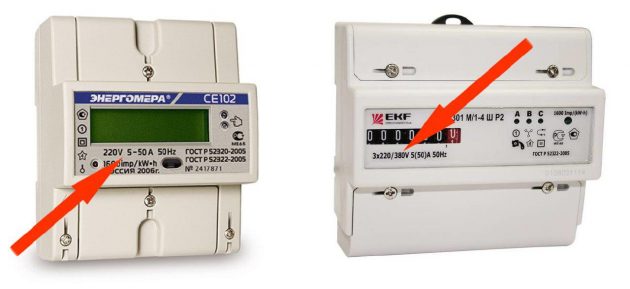
Single phase and three phase meters
Number of electrical appliances
An important factor for choosing a metre is the maximum current that can pass through it. For an ordinary consumer of electricity, a value of 40–60 A will suffice. However, if your apartment is full of modern appliances, it’s better to choose a meter with a margin. If the operating current is greater than the maximum, the metering device may burn out.
Tariff plan
Payments for the consumed electrical energy, which is supplied by the electricity supplier, are made with all consumers at regulated tariffs approved in accordance with the legislation of the Kyrgyz Republic.
You can find out more about current rates here.
Mounting method
Different metres are installed either with the help of bolts, or on a special rail. Look at the mount of the old device and select the appropriate model. In order to avoid any problems with mounting, take a photo of an electrical panel and show it to a store consultant.
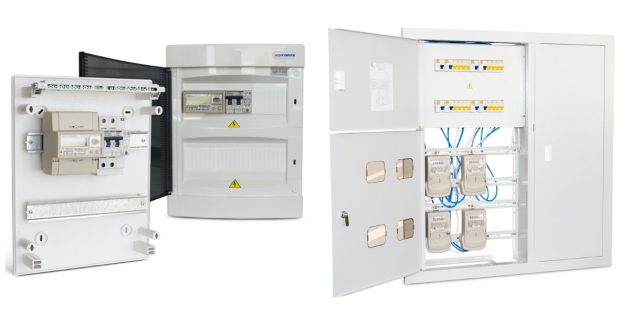
Installation of the electric meter on a DIN rail and in a guard
Device Release Date
Pay attention to the age of the counter. Single-phase should have be released have than two years ago, and three-phase – less than a year. Otherwise, you will have to carry out the procedure for checking the metering device before installing. The date of issue is indicated on the panel of the electric metre or in the manual of the device.
Additional functions
Here you can roam. Nowadays, they produce counters with backlight, display of time and date, internal memory and built-in GSM modems. All this is not necessary for accurate measurement of consumed electricity, but may be useful to you.
How to replace the electricity metre
In accordance with the current rules for the use of electrical energy (Clause 61. Chapter 6 of the TESP), the purchase, installation, verification and certification of means of commercial accounting is done for:
1) household consumers connected to the licensee’s electrical networks - at the expense of the licensee;
2) household consumers residing on the rights of employment in departmental or municipal houses - at the expense of the home owner;
3) non-residential consumers - at their own expense.
Do not attempt to replace the electricity meter yourself. It is life threatening and illegal.
Original text: https://lifehacker.ru/2016/11/17/electric-meter/

